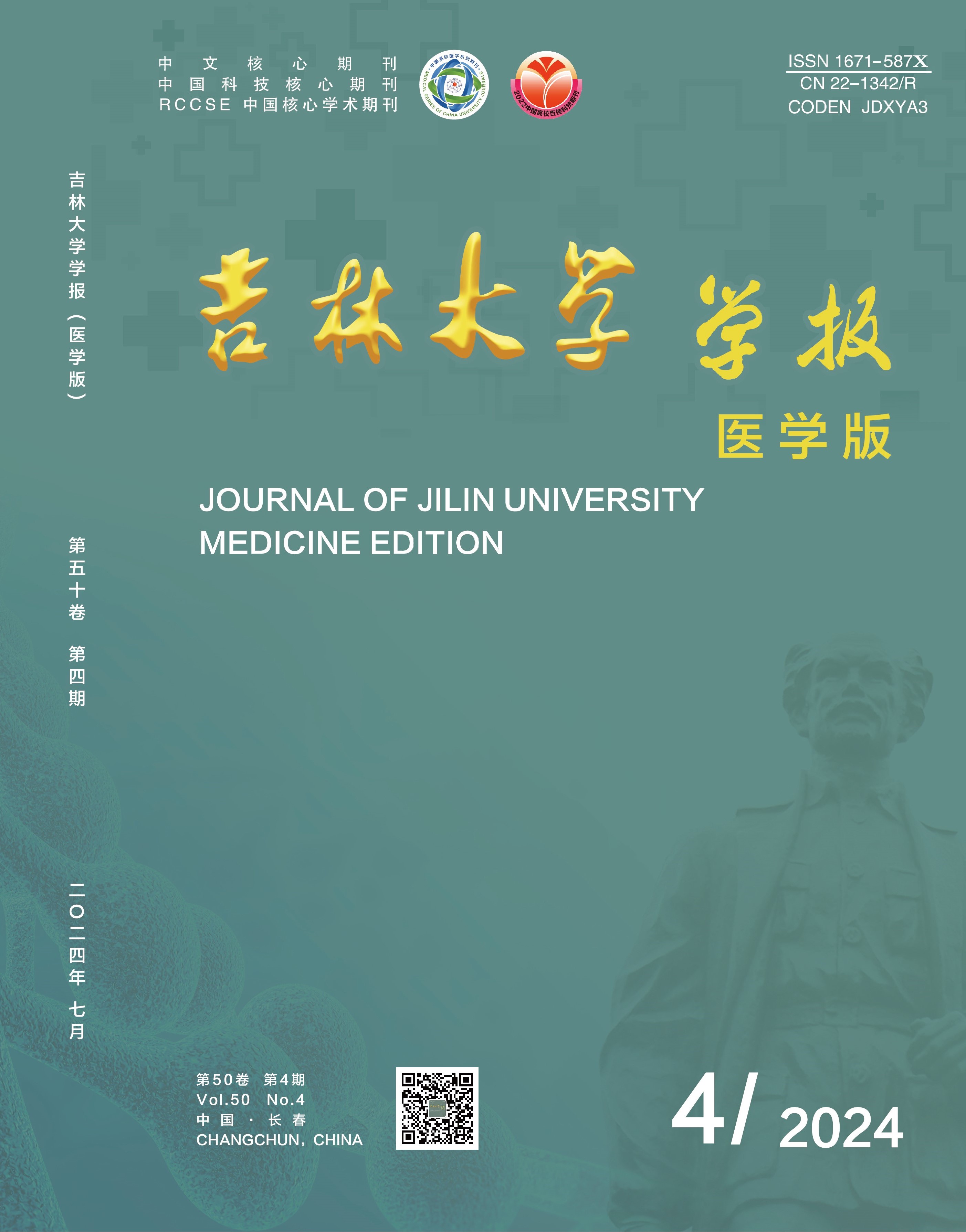Objective: To investigate the role of transient receptor potential cation channel subfamily A member 1 (TRPA1) in the neuropathic pain models induced by partial sciatic nerve ligation (pSNL) in the mice, and to charify its mechanism.
MethodsThirty SPF male C57BL/6 mice were randonly divided into control group (n=6), sham operation group (n=6), and pSNL group (n=18). The mice in pSNL group were randomly divided into pSNL group (n=6), pSNL+NC shRNA group (the NC shRNA was injected intrathecally on the 7th day, n=6), and pSNL+ TRPA1 shRNA group (the TRPA1 shRNA was injected intrathecally on the 7th day, n=6) after successful intrathecal cathetering. The mechanical withdrawal threshold (MWT) and the thermal withdrawal latency (TWL) of hind limbs of the mice were measured before and 1, 7, 12, and 24 h after injection. The mice were sacrificed 2 h after the last test. The expression levels of TRPA1 protein kinase C epsilon type(Prkce),and the astrocyte activation marker glial fibrillary acidic protein (GFAP) in dorsal root ganglion (DRG) of the mice in various groups were detected by Western blotting method, and the levels of tumor necrosis factor-α(TNF-α) and monocyte chemoattractant protein-1 (MCP-1) in serum and cell superatant were detected by ELISA method. The primary astrocytes of pSNL model mice were isolated and cultured. TRPA1 was over-expressed or knocked down. The expression levels of TRPA1, Prkce, and GFAP proteins in the astrocytes and the levels of TNF-α and MCP-1 in cell supernatant were detected.The interaction between TRPA1 and Prkce was predicted and verified by STRING database and immunoprecipitation (Co-IP) method.After over-expression or knockdown of TRPA1, the expression levels of Prkce and GFAP proteins in the astrocytes in empty plasmid group, Ad-TRPA1 group, sh-NC group and sh-TRPA1 group and the levels of TNF-α and MCP-1 in the cell supernatant were detected. The astrocytes were transfected with TRPA1 shRNA alone or co-transfected with Ad-Prkce and divided into sh-TRPA1+empty vector group (transfected with empty vector), sh-TRPA1+Ad-Prkce group (transfected with TRPA1 over-expression vector) and sh-TRPA1+Ad-Prkce group (transfected with Prkce over-expression vector). The expression levels of TRPA1, Prkce,and GFAP proteins in the cells in various groups were detected by Western blotting method, and the levels of TNF- α and MCP-1 in the cell supernatant in various groups were detected by ELISA method.
ResultsCompared with control group, the MWT and TWL of the mice in pSNL group were decreased (P<0.01);compared with pSNL+NC shRNA group, the MWT and TWL of the mice in pSNL+TRPA1 shRNA group were increased (P<0.01). Compared with sham operation group, the expression levels of TRPA1 and GFAP proteins in DRG and the levels of TNF-α and MCP-1 in serum of the mice in pSNL group were increased 7 d after operation (P<0.05). Compared with pSNL+NC shRNA group, the expression levels of TRPA1 and GFAP proteins in DRG and the levels TNF- α and MCP-1 in serum of the mice in pSNL+TRPA1 shRNA group were decreased (P<0.05).Compared with empty plasmid group, the expression level of GFAP protein in the cells in Ad-TRPA1 group was significantly increased (P<0.01), and the levels of TNF-α and MCP-1 in the cell supernatant were increased significantly (P<0.05); compared with sh-NC group, the expression level of GFAP protein in the cells in sh-TRPA1 group was decreased significantly (P<0.05),and the levels of TNF-α and MCP-1 in the cell supernatant were decreased significantly (P<0.05). Compared with sh-TRPA1+empty vector group, the expression levels of TRPA1, Prkce,and GFAP proteins in the cells in sh-TRPA1+Ad-Prkce group were increased (P<0.01),and the levels of TNF-α and MCP-1 in the cell supernatant were increased significantly (P<0.05).
ConclusionTRPA1 participates in the activation of astrocytes and the production and maintenance of neuropathic pain in the pSNL model mice through the interaction with Prkce.

 Table of Content
Table of Content
 Guide to Authors
Guide to Authors


